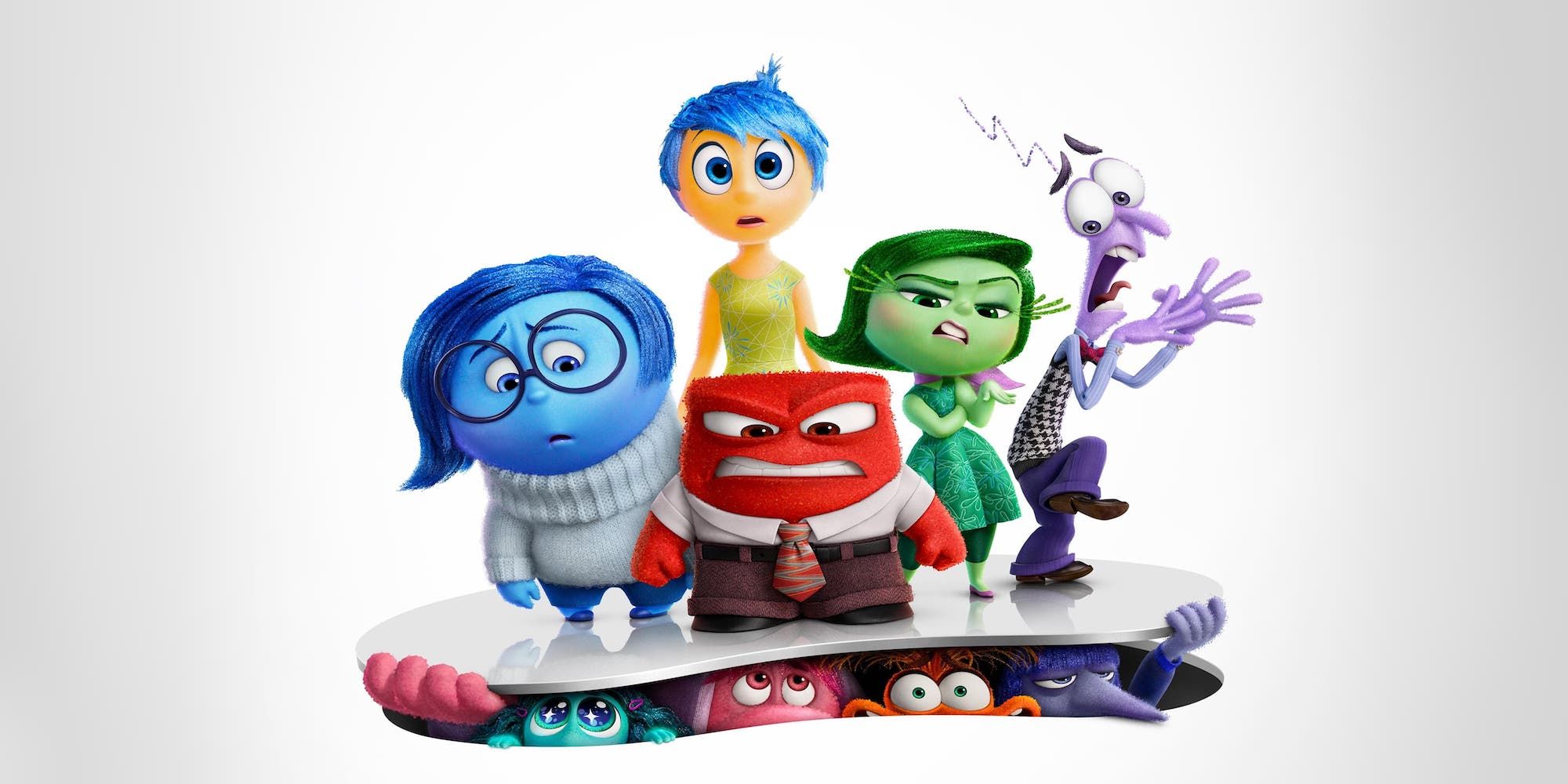

Know Yourself Inside Out
Know Yourself Inside Out
By Bhavya Paruthi

Pixar’s ‘Inside Out’ starts on a strong note of summarising our emotional world.
“It was Amazing, just Riley and me, forever… for 30 seconds.” Joy reflects as she acknowledges the appearance of sadness in Riley’s life. Right from the start, we see Joy trying to take charge of Riley’s emotional world, guided by the belief that happiness must always come first. Her need for control reflects the age-old cliché of ‘just be happy, ’ a sentiment that often oversimplifies and neglects the magnitude, multitude, and complex range of human emotions.
Riley is an 11-year-old trying to navigate life while moving to a new city, holding onto old friendships and memories, all this while enduring emotional turmoil, controlled by the personified versions of her five primary emotions: Joy, Sadness, Anger, Fear, and Disgust.
While these 5 emotions do a pretty good job of comparing to real-life emotions, it is worth mentioning that two other primary emotions are recognised by most psychologists and psychological theories. Including the American Psychological Association’s definition of Primary Emotions, where we can find Surprise and Contempt among the others.
In the movie, Joy repeatedly takes on the role of group leader and clearly represents optimism. In life, too, optimism is often interchangeable with joy. If we remain optimistic, we are bound to experience joy.
However, Joy is struck by reality when she sees the importance of Sadness in Riley’s world. The change in her environment leads to her internal world beginning to collapse, literally shown as her ‘personality islands’ crumbling. This metaphor illustrates how one’s identity evolves with age and emotional growth.
As Joy is attempting to ‘save’ Riley, she makes selfish decisions, including abandoning Sadness and Bing Bong, symbolising how we often push away vulnerability and childhood wonder in the face of hardship.
Yet, as the story unfolds, it’s Sadness who becomes the life-saver for Riley. She brings empathy, clarity, and connection. In one particular scene, Sadness comforts Bing Bong- Riley’s imaginary friend, by helping him process his feelings and memories. This moment powerfully shows how embracing sadness can lead to healing and emotional insight.
As Riley begins to approach her teenage years, she starts realising the deeper meaning behind her core memories. She learns that not everything is joyous and that sadness, among other emotions, also helps us find meaning in life.
As Joy and Sadness are on the journey to find their way back to Riley, we see the other emotions- Anger, Fear, and Disgust try to manage Riley’s decisions on their own. Their choices lead Riley to the bizarre decision of running away from home. Only when it’s too late do they realise their mistake, and that Joy is needed to help fix the mess they made.
Letting our emotions get the best of us can often cause us to go to extremes, especially when we operate from anger, fear, or disgust; we may behave irresponsibly. We need a calmer, balanced emotional state to see things clearly and make informed choices.
In the end, it is only when Joy acknowledges Sadness’s role that emotional harmony is restored. We see Riley’s new Personality Islands emerging, embracing all her emotions and creating a balance among them.
Inside Out isn’t just another Pixar film; it’s a gentle yet powerful psychological exploration of emotional maturity, teaching us that sadness isn’t a weakness, but a guide to healing, understanding, and growth.



